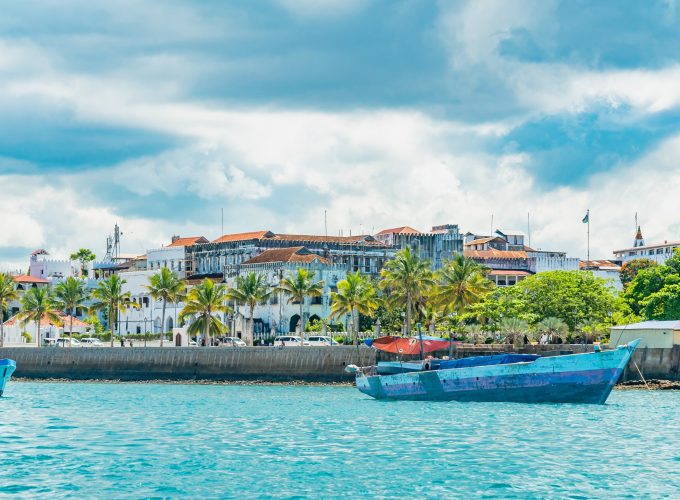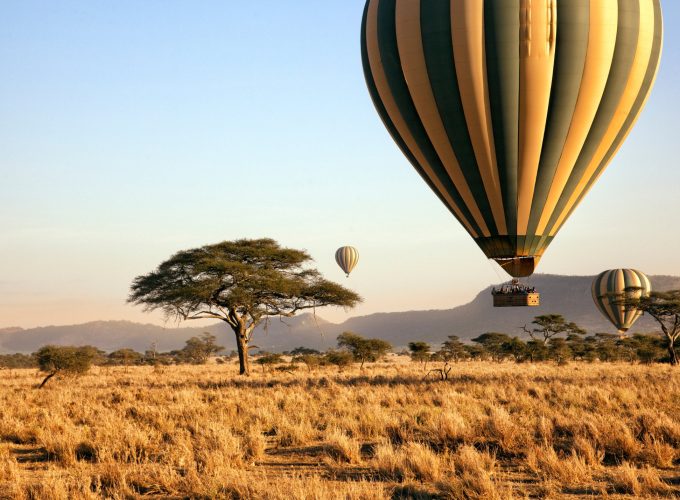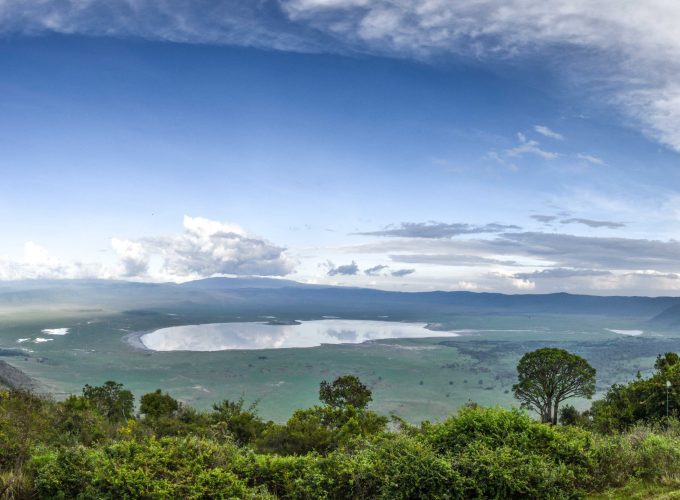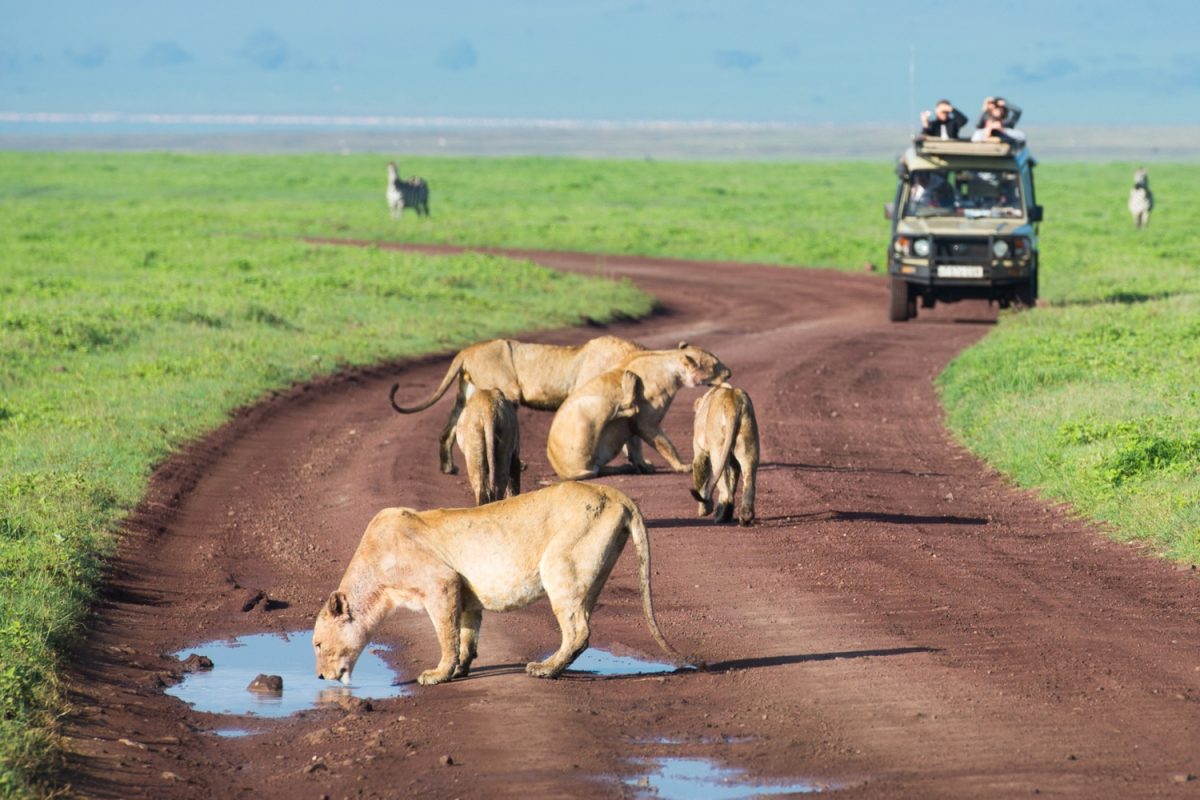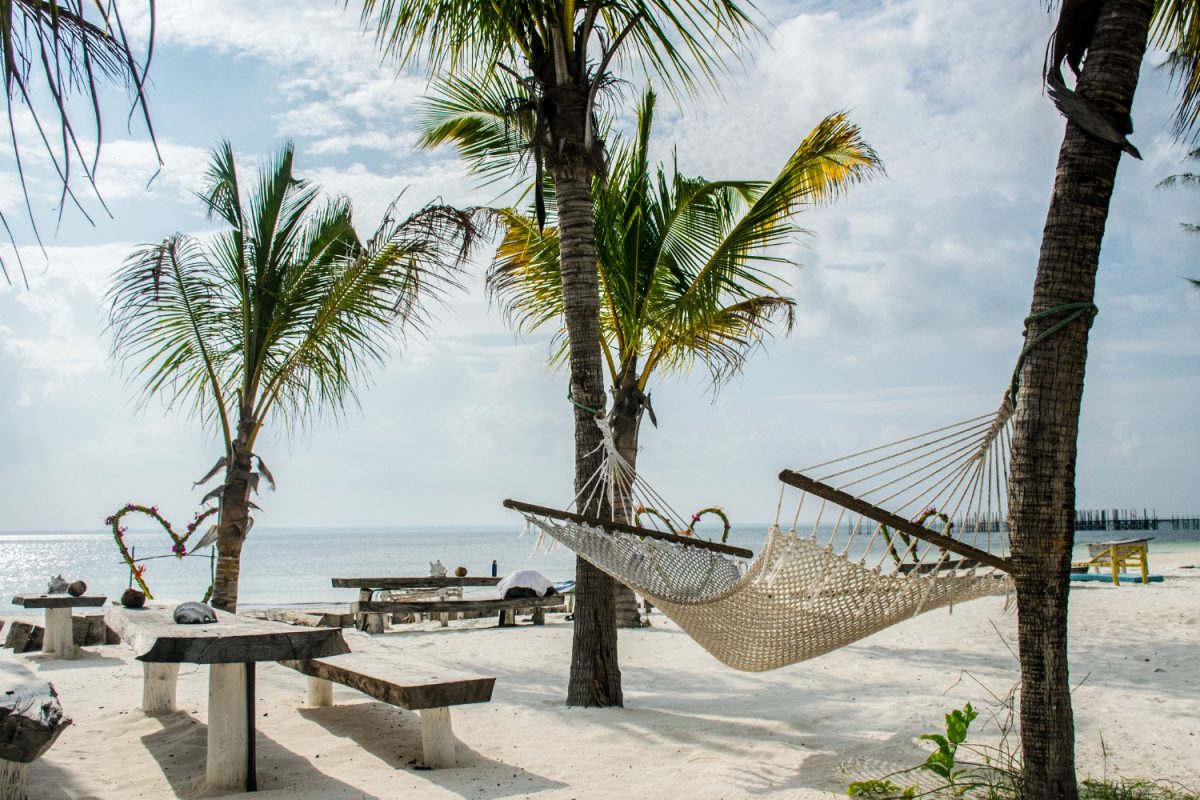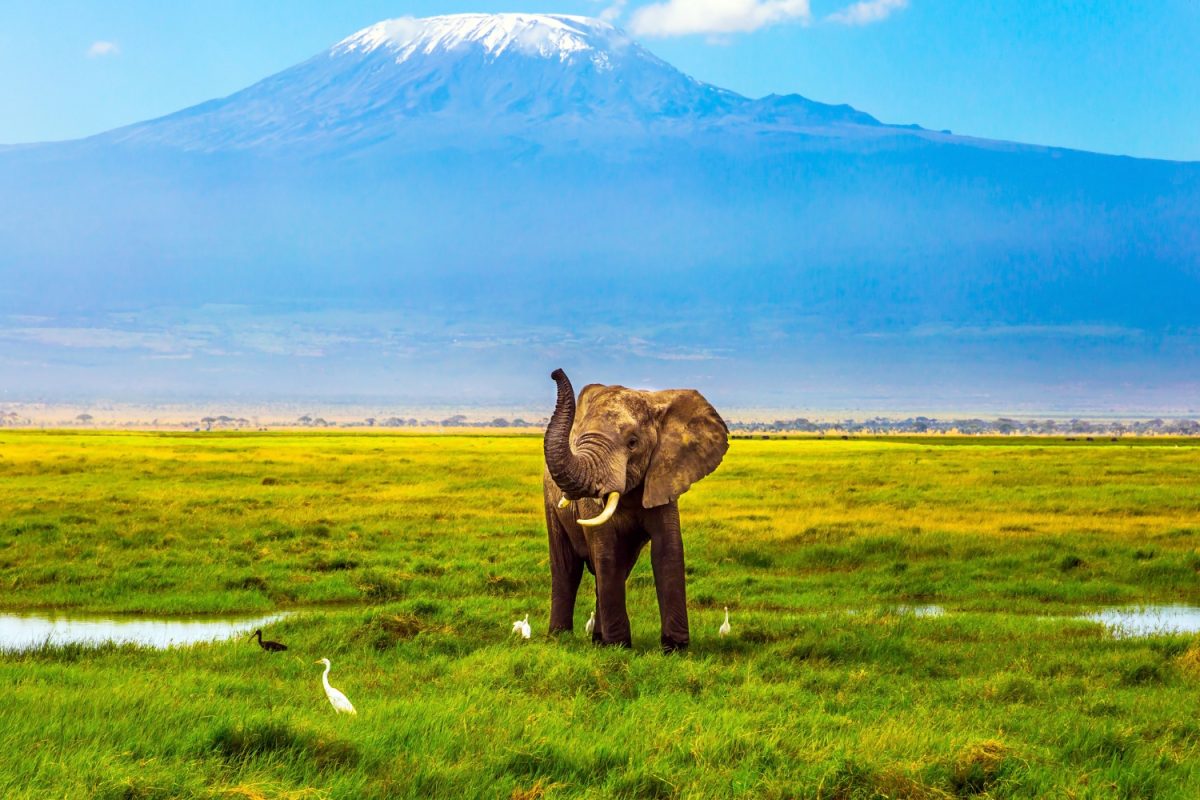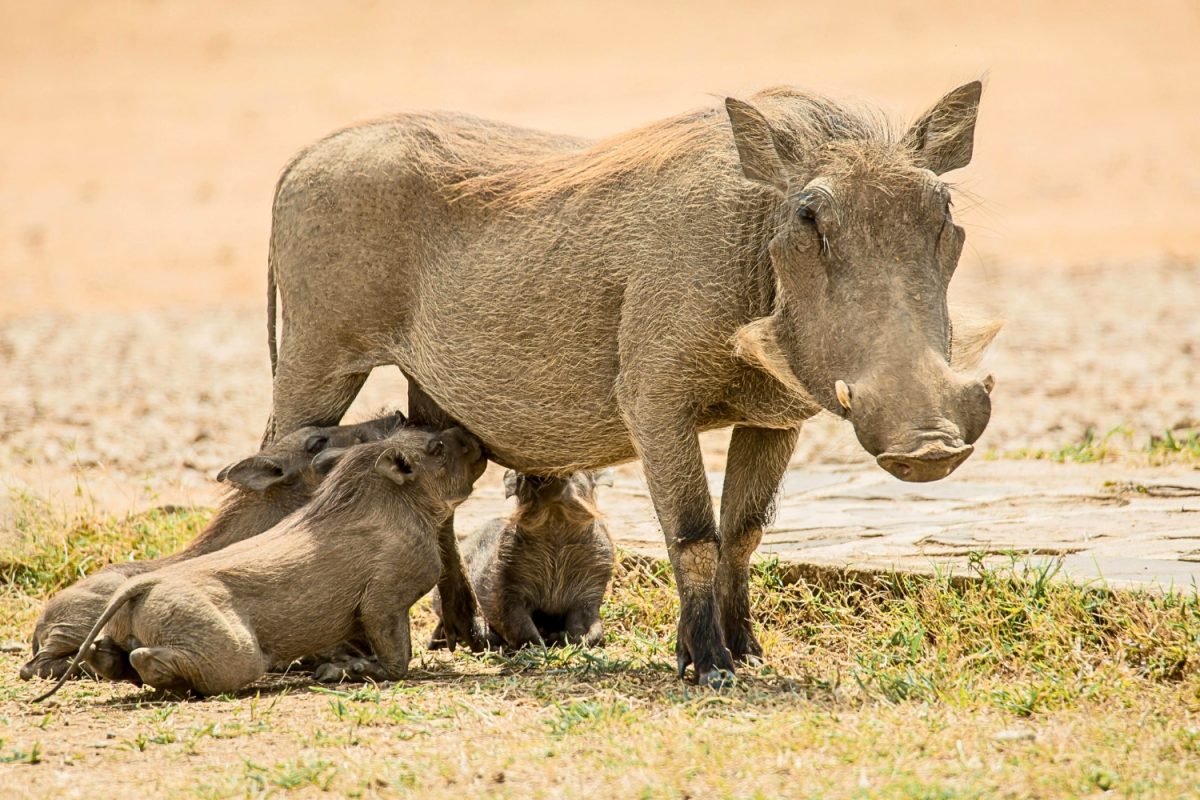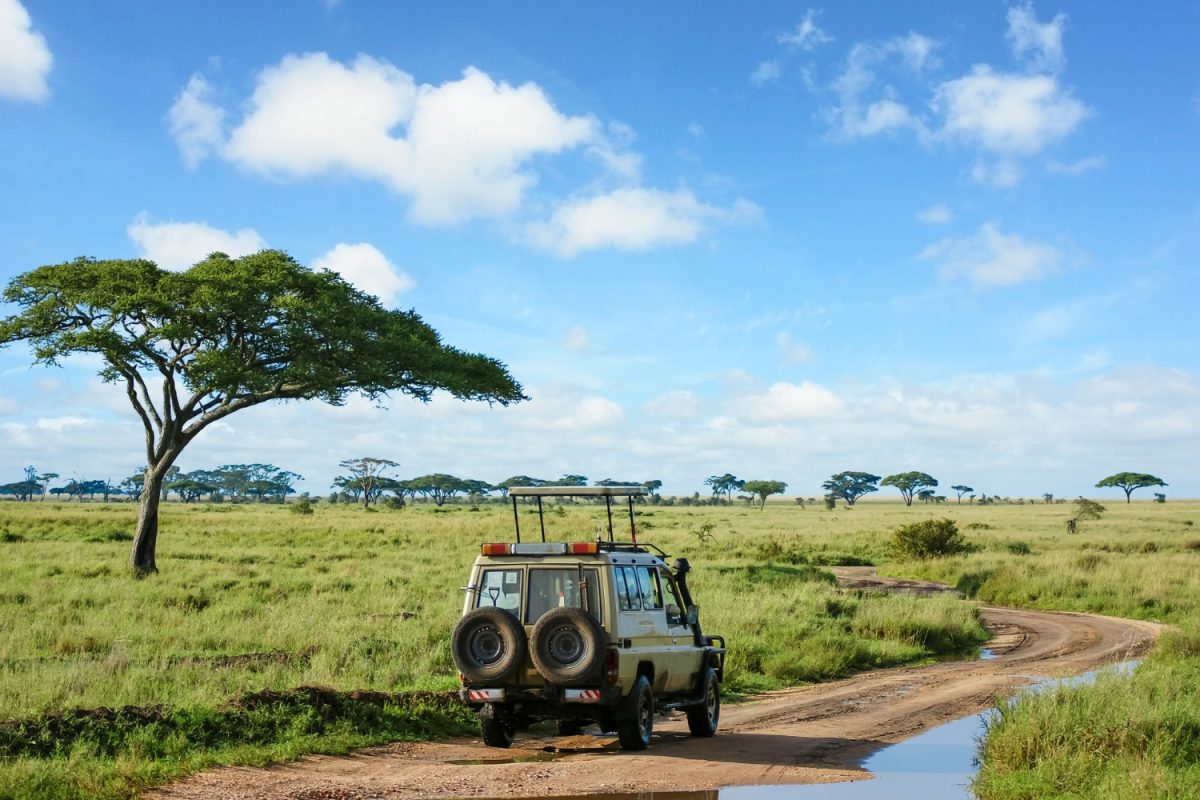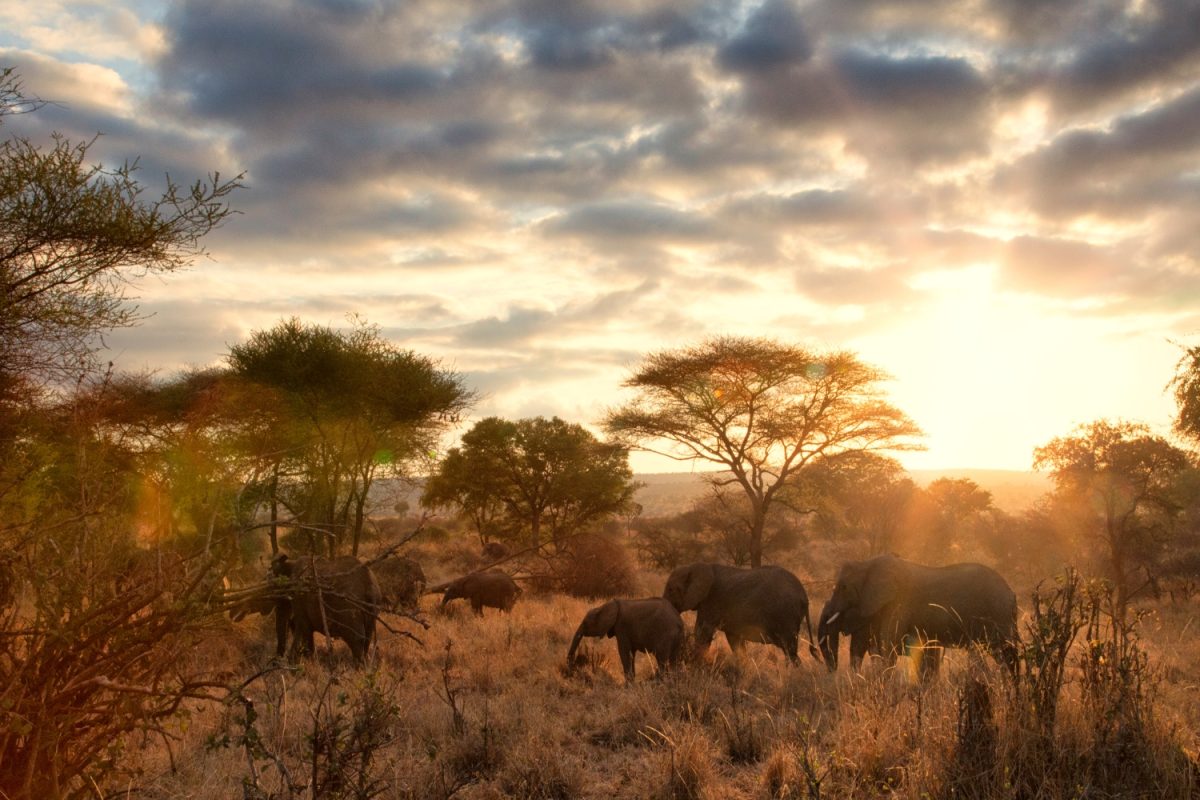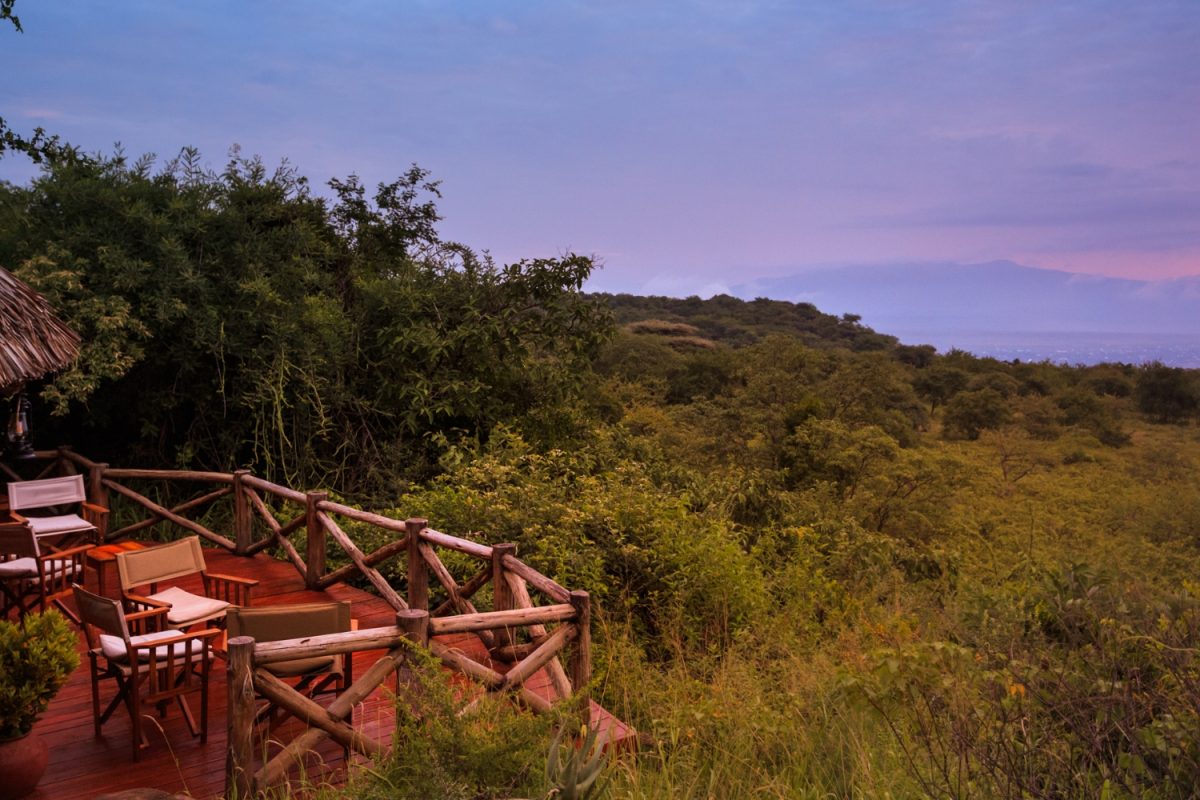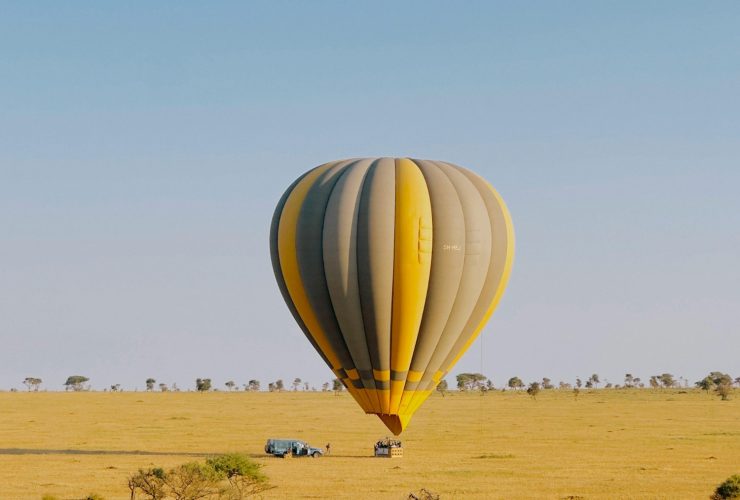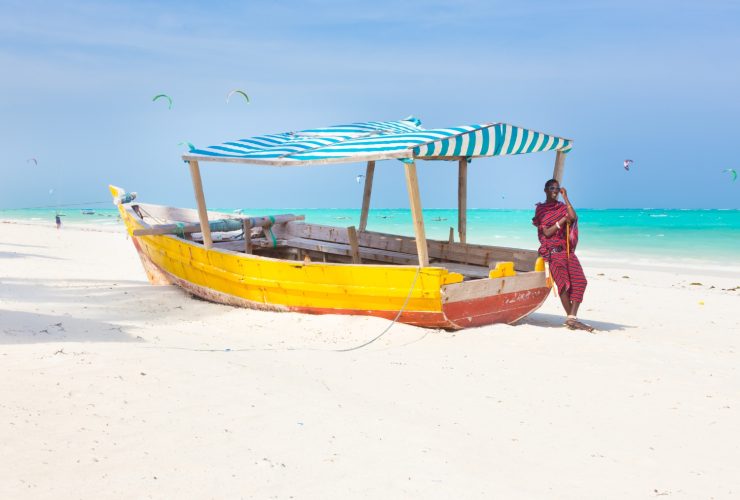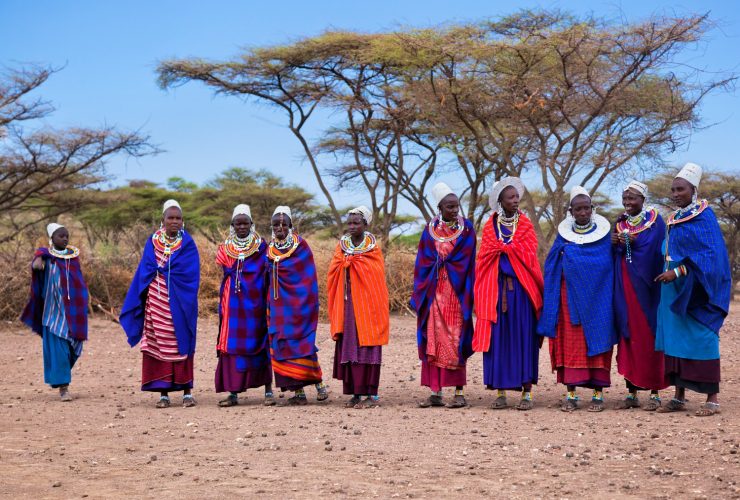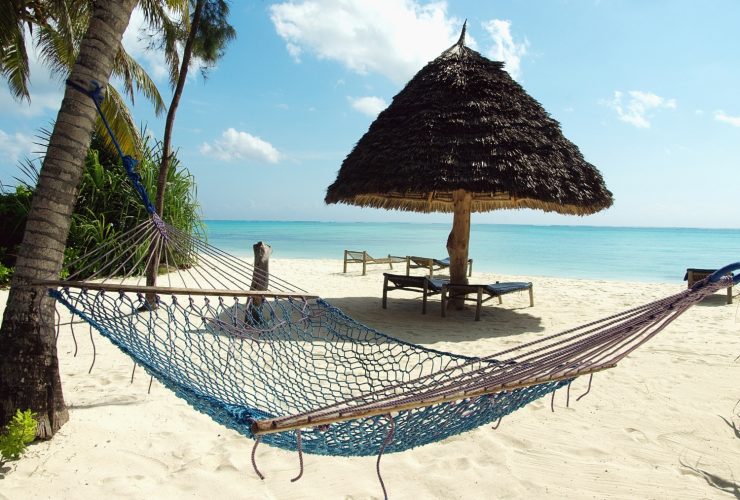From the thunder of hooves on the Serengeti plains to the spice-laden breezes of Zanzibar’s coast, Tanzania is a land of breathtaking contrasts. It’s here that travellers come not just to see Africa, but to feel it — raw, untamed, and deeply soulful.
This is the realm of legendary safaris. Witness the Great Migration — a spectacle of over 1.5 million wildebeest and zebra — under endless skies. Descend into the Ngorongoro Crater, the world’s largest intact caldera, teeming with predators and prehistoric beauty. Or track big cats across the golden savannahs with expert guides.
But Tanzania is more than wildlife. Hike through the misty foothills of Mount Kilimanjaro. Wander the ancient Swahili streets of Stone Town. Dive into coral gardens off Mafia Island or unwind on Zanzibar’s white sand shores with dhow sails in the distance.
With The Uncharted, your journey through Tanzania is not just a trip — it’s a handcrafted passage through wilderness, wonder, and warm, local hospitality. From luxurious lodges to remote adventures, we create every itinerary with heart, care, and a deep respect for the land and its people.


